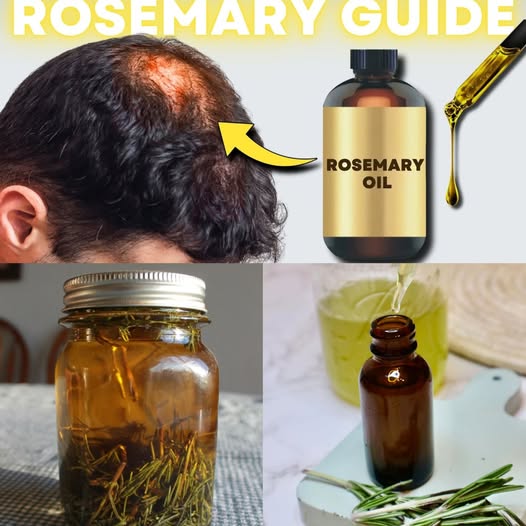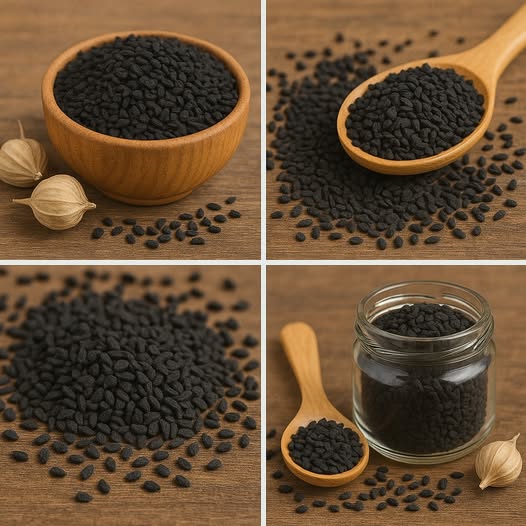Introduction: Discover the Natural Secret to Thicker, Healthier Hair

Are you struggling with hair thinning, breakage, or a dry, flaky scalp? You’re not alone. According to the American Academy of Dermatology, over 80 million Americans—men and women—experience hereditary hair loss. But what if a powerful solution is already in your kitchen cabinet?
Enter rosemary oil—a time-tested, scientifically backed natural remedy for hair growth that’s now dominating the beauty and wellness space. With anti-inflammatory, antifungal, and circulation-boosting properties, rosemary oil is not just a trend; it’s a haircare revolution.
This ultimate step-by-step guide will walk you through how to use rosemary oil for the best hair results, answer your most frequently asked questions, and share strategies that get real, visible results. Whether you’re chasing longer locks, a thicker crown, or scalp revival—this guide is your blueprint to transformation.
Why Rosemary Oil? The Science Behind the Buzz
Before we dive into application techniques, let’s uncover why rosemary oil deserves a front-row seat in your haircare routine.
✅ Backed by Research:
A 2015 clinical study published in SKINmed Journal found rosemary oil to be as effective as minoxidil (Rogaine) in promoting hair growth over six months—with fewer side effects like scalp itching.
✅ Improves Scalp Circulation:
Rosemary oil enhances blood flow to hair follicles, encouraging nutrient delivery and follicle stimulation, which is essential for new hair growth.
✅ Fights Dandruff and Scalp Irritation:
Its antimicrobial and anti-inflammatory properties help treat dandruff, itchiness, and inflammation that block healthy hair cycles.
✅ Strengthens Hair at the Root:
Regular application can prevent breakage and split ends, improving hair thickness and density over time.
Step-by-Step Guide: How to Use Rosemary Oil for Maximum Hair Growth
Let’s break it down into a simple, actionable process you can easily implement at home.
Step 1: Choose High-Quality Rosemary Oil
Not all oils are created equal. For best results, opt for:
- 100% pure, organic rosemary essential oil
- Steam-distilled (not chemically extracted)
- Brands with transparent sourcing and purity testing
Look for terms like Rosmarinus officinalis on the label and avoid synthetic fragrance oils.
Step 2: Do a Patch Test
Essential oils are potent. Mix 3 drops of rosemary oil with 1 tsp of carrier oil (like coconut, jojoba, or argan) and apply a small amount to your inner forearm. Wait 24 hours to check for allergic reactions.
Step 3: Select a Carrier Oil (Don’t Skip This)
Never apply essential oils directly to the scalp. Combine rosemary oil with a nourishing carrier oil to dilute and amplify its benefits:
- For dry scalp: Use coconut or olive oil.
- For oily scalp: Use grapeseed or jojoba oil.
- For hair strengthening: Use castor oil (rich in ricinoleic acid).
Ratio: Mix 3–5 drops of rosemary oil per 1 tablespoon of carrier oil.
Step 4: Apply to the Scalp and Massage
- Section your hair and use a dropper or fingertips to apply the oil blend directly to the scalp.
- Massage in circular motions for 5–10 minutes. This boosts circulation, ensuring deeper absorption.
- Pro tip: Use a silicone scalp brush for deeper penetration and stimulation.
Step 5: Leave It In (Timing is Key)
You have two options:
- Short treatment: Leave in for 30–60 minutes.
- Overnight treatment: Cover with a shower cap or towel and wash out the next morning.
Frequency: 2–3 times per week consistently for 8–12 weeks yields optimal results.
Step 6: Rinse and Shampoo Thoroughly
Use a sulfate-free, gentle shampoo to wash out the oil. Follow with a lightweight conditioner if needed.
Avoid overwashing—2–3 times a week is ideal to preserve natural oils and maximize rosemary’s effects.
Step 7: Track Your Progress
Take before-and-after pictures every 4 weeks to visually track your hair growth. You’ll likely notice:
- Reduced hair shedding
- Stronger, shinier hair strands
- Baby hairs appearing around the hairline
- Less scalp flakiness
FAQs About Using Rosemary Oil for Hair
Q1: How long does it take to see results with rosemary oil?
Answer: Most users report visible improvements in 8–12 weeks with consistent use. Some notice reduced shedding in as little as 2–4 weeks.
Q2: Can rosemary oil regrow bald patches?
Rosemary oil can stimulate dormant follicles, especially in early-stage hair thinning. However, for long-standing baldness, it may offer limited results. Pair it with lifestyle changes like a healthy diet, scalp care, and stress reduction.
Q3: Is rosemary oil safe for all hair types?
Yes. Rosemary oil works for:
- Curly, wavy, or straight hair
- Dry or oily scalp types
- Natural, color-treated, or chemically processed hair
However, always dilute and patch test to avoid irritation.
Q4: Can I add rosemary oil to my shampoo or conditioner?
Yes, but use sparingly. Add 5–10 drops per 8 oz bottle. Shake well before each use. This method is ideal for maintenance rather than intensive treatment.
Q5: Can I use rosemary oil every day?
Daily use can irritate the scalp due to its potency. Stick to 2–3 times weekly unless advised otherwise by a trichologist or dermatologist.
Top 3 Application Methods You Can Rotate
- Hot Oil Treatment
Warm your oil blend slightly before applying. Enhances absorption and soothes a dry, irritated scalp. - Pre-Shampoo Scalp Treatment
Apply before washing hair to protect natural oils and prepare the scalp. - Leave-In Tonic Spray
Mix rosemary oil with distilled water and aloe vera in a spray bottle for a refreshing scalp mist. Shake well before each use.
Bonus Tip: Pair with These Hair-Boosting Strategies
Want to maximize your rosemary oil benefits? Combine with these hair growth tips:
- Eat protein-rich foods: Eggs, nuts, lentils, fish
- Take biotin or collagen supplements
- Reduce heat styling
- Sleep on a silk pillowcase
- Stay hydrated and stress-free
Final Thoughts: Rosemary Oil Is Your Hair’s New Best Friend
Rosemary oil isn’t a quick fix—it’s a proven, long-term solution that promotes scalp health, awakens hair follicles, and transforms your mane naturally.


